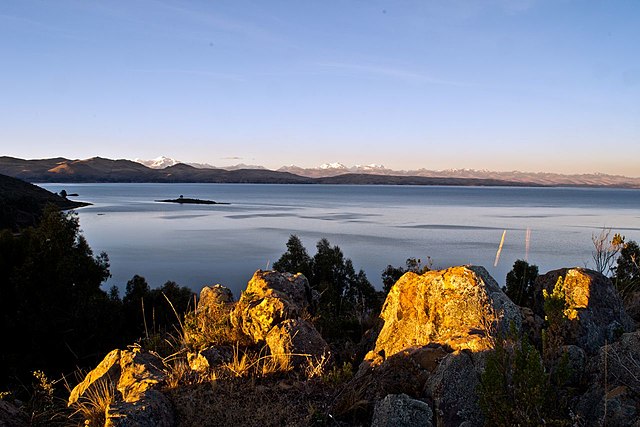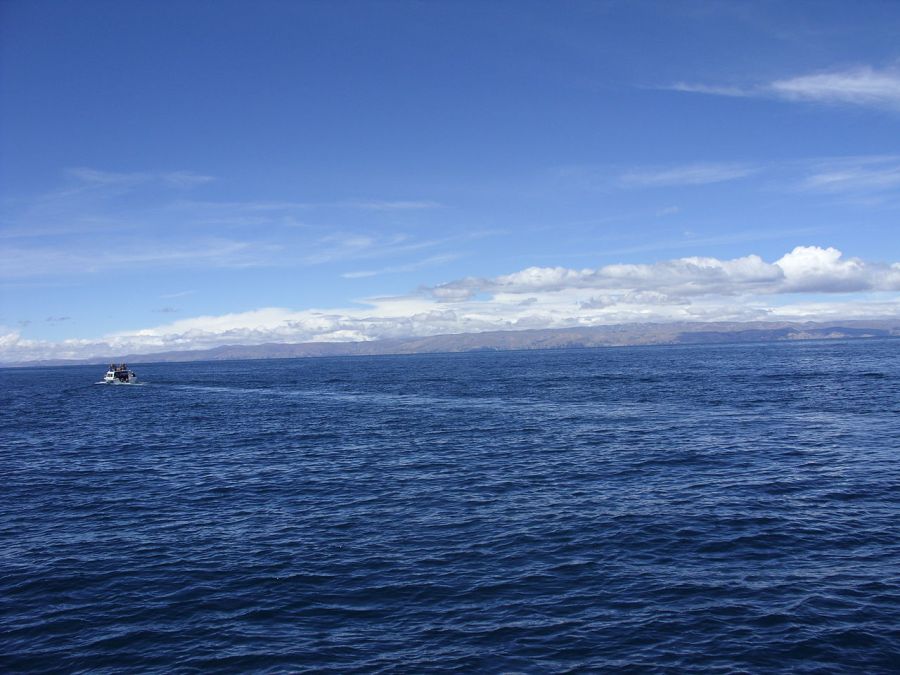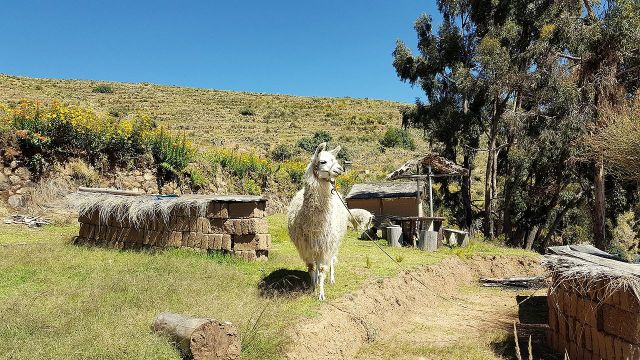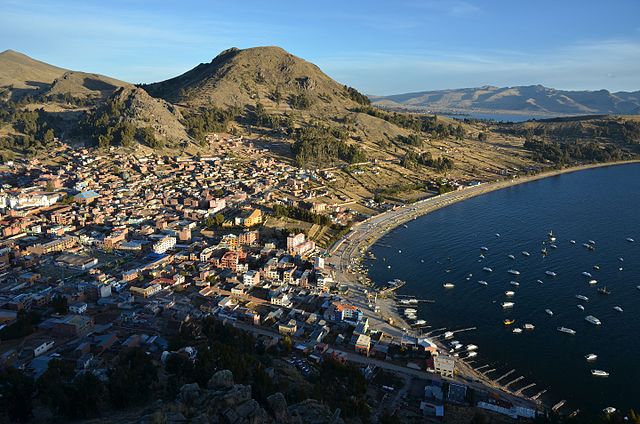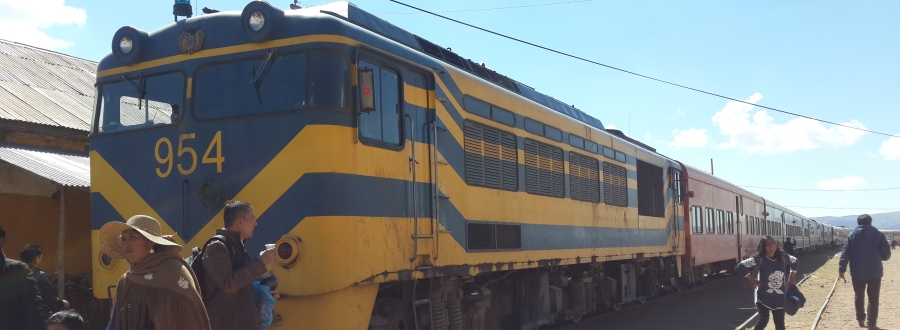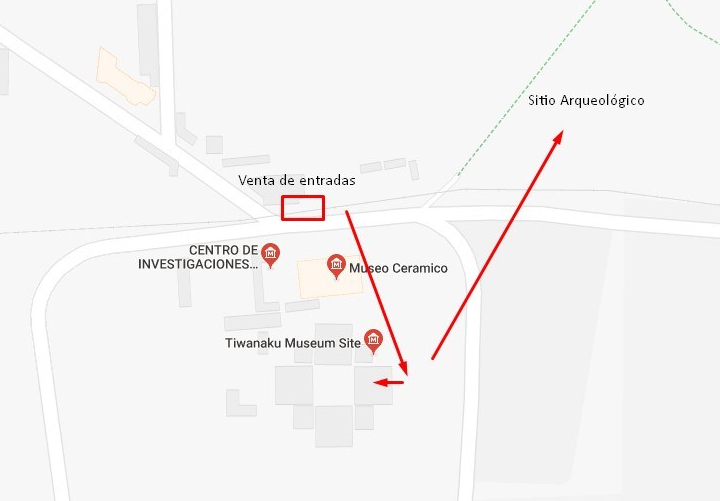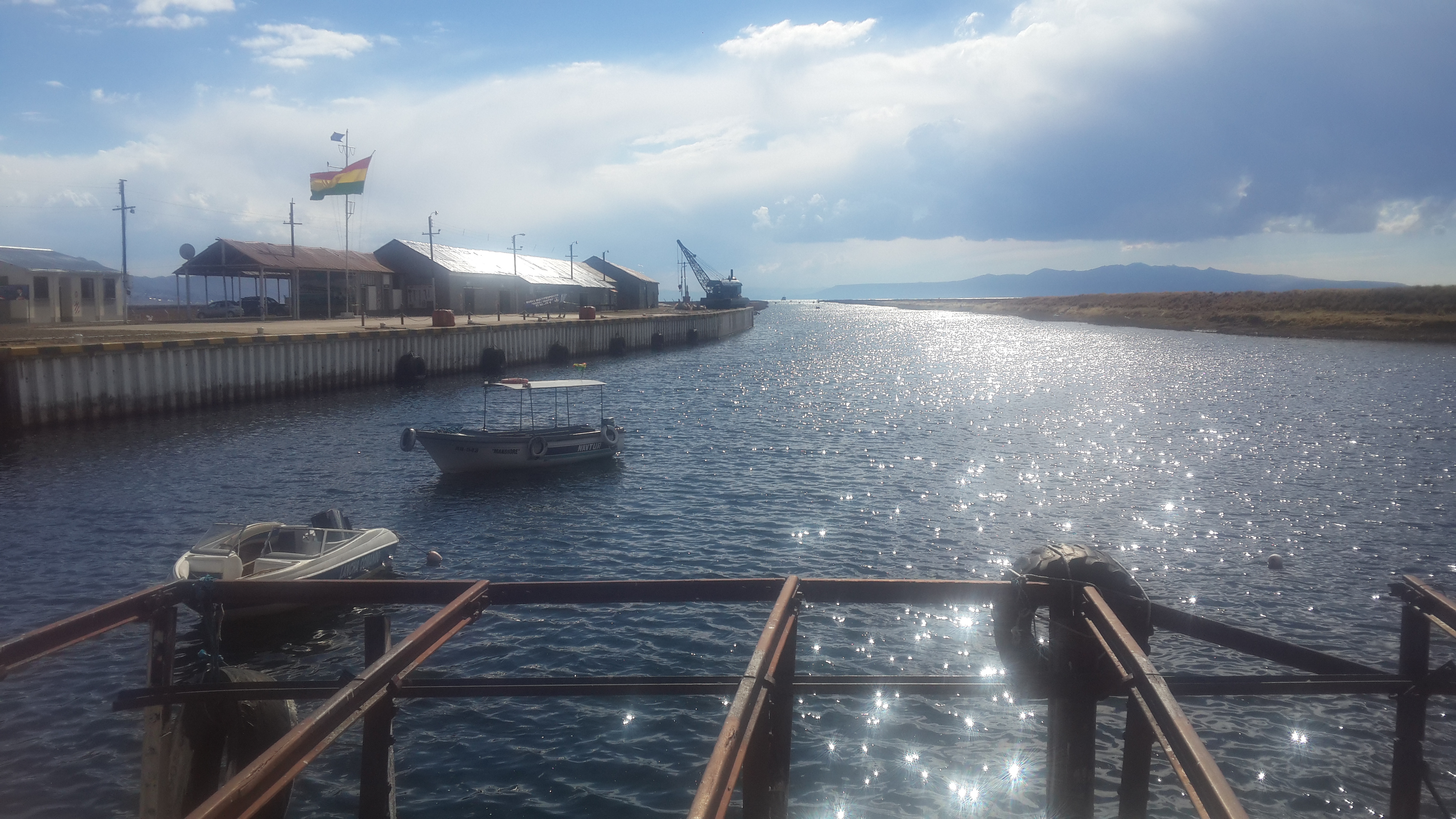Updated: 30 May 2019
Here you will find all the information you need to know about the Route of the Sun between Cusco and Puno and how to get from Cusco to Puno by bus or train.

Discover the Route of the Sun
One of the most overlooked routes for tourists that travel in bus around Latin America is the trip from Cusco to Puno by bus, also known as Ruta del Sol, or Route of the Sun. This trip by land takes you across 386 km of scenic view and ancient Inca sites, connecting two of the most popular tourist destinations in Peru: Machu Picchu and Lake Titicaca.
There are different options to do this route. You can either take a direct bus which will take about 7 hours, or you can opt for a more touristic option that will let you enjoy the different archaeological and cultural sites along the way but takes about 10 hours and has a higher cost. There is also a luxury train going from Cusco to Puno. Here we will explain in detail these options in order to help decide which one is the best for you.
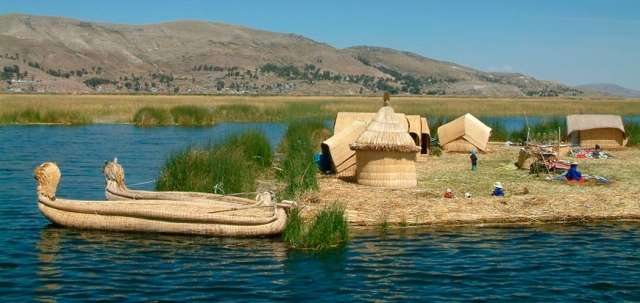
1. Direct buses from Cusco to Puno
Due to high demand from tourists from all around the world, there are many bus companies that offer this route, especially during the high season (December-January and June-August). The table below shows the times of departure, the different bus companies and prices available for this trip. If your schedule is tight and/or you would rather save money for other sites later on during your trip, this is the best option for you.
Direct options from Cusco to Puno
| Bus company | Seat class | Time of departure | Time of arrival (estimated) | Price in US$ | Extra info |
| Tour Peru | Semi lie- flat/lie-flat | 22:00 | 5:00 (+1 day) | $13.14/$18.25 | Direct service |
| Transzela | Inca suite | 8:30 | 15:30 | $15 | Direct service |
| Transzela | Inca suite | 22:15 | 5:15 (+1 day) | $15 | Direct service |
| Huayruro Tours | Semi lie-flat/lie-flat | 22:30 | 5:00 (+1 day) | $11.68/$16.08 | Direct service |
| Trans Titicaca | Semi lie-flat | 22:30 | 5:30 (+1 day) | $14.60 | Direct service |
The “lie flat” seats recline to 170 degrees, while “semi lie-flat” seats recline to 140 degrees. All buses have air conditioning and bathroom. The buses traveling to Puno depart from Cusco at the main bus terminal, located on Via de Evitamento. See map below:
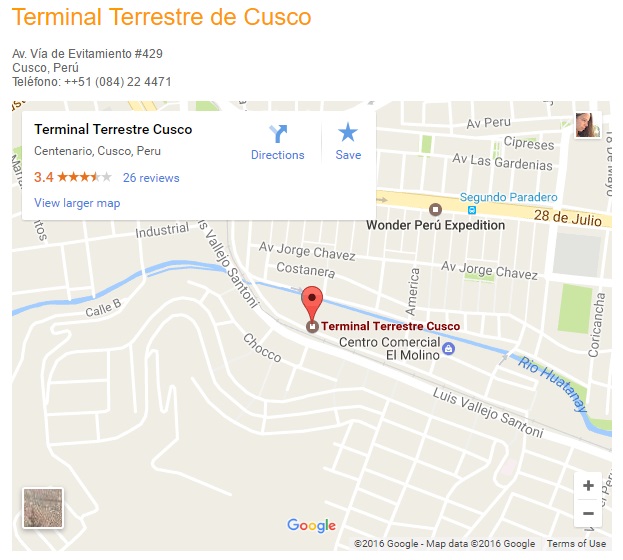
Puno, on the other hand, is a city with an important cultural and natural heritage, such as the floating islands of the Uros on Lake Titicaca, one of the most important tourist attractions in Peru and Bolivia. The city of Puno is also an important passage point between Bolivia and Peru, and tourists traveling between the two countries are bound to pass through on the way to or from Copacabana or La Paz. Buses arrive in Puno at the bus terminal, located on Primero de Mayo. (See map below).

2. What to see along the Route of the Sun
The route from Cusco to Puno goes through scenic landscapes, Inca ruins and archaeological sites worth visiting. Most direct buses leave at night which won’t let you appreciate the scenery around you. If you just visited Machu Picchu it is a logical continuation of you trip and you can do so with a tourist bus service which includes stops in each of the major location, an English-speaking guide, and lunch.

Andahuaylillas (3,122 masl): Sometimes referred as the Sistine Chapel of America, the church of San Pedro Apostol de Andahuaylillas was built by the Jesuits in the 16th century. It was built on top of an Inca sacred site.
Raqchi (3,175 masl): Here you can visit the Wiracocha temple built by the Inca in honor tof their god Wiracocha. The temple is a great construction .
La Raya (4,338 masl): La Raya Pass offers stunning scenery as the highest point in the trip. The buses will stop here to allow passengers to enjoy the view and take photos.
Pukara (3,575 masl): Pukara is an ancient cultural center, dated as early as 1,800 BC. This was the first large urban center in the region. The archaeological site also gave its name to what some archaeologists refer to as Pukara culture.
Touristic options from Cusco to Puno
| Company | Seat class | Time of departure | Time of arrival (estimated) | Price in US$ | Extra info |
| Inka Express | Bus | 7:00 | 17:30 | $65 | Stops along the way. Buffet lunch |
| Wonder Peru Expedition | Bus | 7:00 | 17:30 | $55 | Stops along the way. Buffet lunch |
| PeruRail Titicaca | Train | 7:10 | 17:30 | $265 | Lunch |
Inka Express stops in the following sites: Andahuaylillas, Raqchi, Marangani (for the buffet lunch), La Raya and the Museum of Pukara. Buses leave Cusco from their private terminal located Avenida Alameda Pachacuteq 499.

Wonder Peru Expedition offers the following itinerary:
| Departure from Cusco | 7:00 | ||
| 1st visit | 8:10 | Andahuaylillas | 35 min |
| 2nd visit | 10:20 | Raqchi | 45 min |
| Buffet lunch | 11:20 | Lunch | 50 min |
| Photos | 13:00 | El Paso La Raya | 10 min |
| 3rd visit | 14:30 | Pucara | 35 min. |
| Photos | 14:55 | Kalassaya | 10 min |
| Arrival in Puno | 17:30 | End of trip |
Wonder Peru Expedition buses leave from their private bus terminal located Avenida 28 de Julio R-2-1.
3. The luxury experience: PeruRail Titicaca
Peru Rail Titicaca offers a luxury experience in their train from Puno to Cusco, travelers can enjoy unrivaled service aboard a beautiful train, dining in 1920s-style Pullman carriages and absorbing breathtaking landscapes. The train has open-air observation cars ideal for capturing unique panoramas.
The journey in train lasts approximately 10 hours 30 minutes. At the start of the journey, passengers are welcomed at the Wanchaq Station in Cusco where local musicians will provide background music as you board the train. There are two dining cars with the finest gourmet food and afternoon tea.
Departures: Sunday, Wednesday and Friday
Cost: Starting at 245 USD
Tickets Bolivia offers the sale of tickets online for traveling between Cusco and Puno. The online tickets at the best prices, and with the most reliable companies offering the service. Have a great trip!

